The Origin of Alpha Phi Alpha
Alpha Phi Alpha Fraternity, Inc
Alpha Phi Alpha, the first intercollegiate Greek-letter fraternity established for African American Men, was founded at Cornell University in Ithaca, New York, by seven college men who recognized the need for a strong bond of brotherhood among African descendants in this country. The visionary founders, known as the “Jewels” of the fraternity, are Henry Arthur Callis, Charles Henry Chapman, Eugene Kinckle Jones, George Biddle Kelley, Nathaniel Allison Murray, Robert Harold Ogle, and Vertner Woodson Tandy.
The fraternity initially served as a study and support group for minority students who faced racial prejudice, both educationally and socially, at Cornell. The Jewel founders and early leaders of the fraternity succeeded in laying a firm foundation for Alpha Phi Alpha’s principles of scholarship, fellowship, good character, and the uplifting of humanity.
Alpha Phi Alpha chapters were established at other colleges and universities, many of them historically black institutions, soon after the founding at Cornell. The first alumni chapter was established in 1911. While continuing to stress academic excellence among its members, Alpha also recognized the need to help correct the educational, economic, political, and social injustices African Americans face. Alpha Phi Alpha has long stood at the forefront of the African-American community’s fight for civil rights through leaders such as W.E.B. DuBois, Adam Clayton Powell, Jr., Edward Brooke, Martin Luther King, Jr., Thurgood Marshall, Andrew Young, William Gray, Paul Robeson, and many others. True to its form the “first of firsts,” Alpha Phi Alpha has been interracial since 1945. Since its founding on December 4, 1906, Alpha Phi Alpha Fraternity, Inc. has supplied voice and vision to the struggle of African Americans and people of color worldwide.
Fraternity Mission
Alpha Phi Alpha Fraternity, Inc. has a mission statement that outlines its purpose and goals. The mission statement reads as follows:
“The mission of Alpha Phi Alpha Fraternity, Incorporated is to develop leaders, promote brotherhood and academic excellence, while providing service and advocacy for our communities.”
The fraternity strives to achieve this mission through various programs and initiatives aimed at promoting scholarship, leadership development, cultural awareness, and community service. Alpha Phi Alpha Fraternity, Inc. also works to empower African American men and to address issues of social justice and equality. Through its mission, the fraternity continues to positively impact the lives of its members and the communities it serves.
Fraternity Vision
The vision of Alpha Phi Alpha Fraternity, Inc. is to be the preeminent provider of innovative programs and services to its members and the communities they serve, while maintaining its commitment to academic excellence, leadership development, and brotherhood.
The fraternity envisions itself as a dynamic and influential organization that continues to positively impact the lives of African American men and the communities in which they reside. The fraternity’s vision also includes being a leader in promoting equality and justice, fostering cultural awareness and understanding, and providing opportunities for personal and professional growth to its members.
By living out its vision, Alpha Phi Alpha Fraternity, Inc. seeks to leave a lasting legacy of service and impact that will benefit future generations.
Fraternity Objectives
The objectives of Alpha Phi Alpha Fraternity, Inc. are as follows:
- To stimulate the ambition of its members;
- To prepare them for the greatest usefulness in the cause of humanity, freedom, and dignity of the individual;
- To promote the moral, social, and intellectual development of its members;
- To assist in the attainment of higher scholarship;
- To aid downtrodden humanity in its efforts to achieve higher social, economic and intellectual status
These objectives serve as a guide for the fraternity and its members as they work to make a positive impact in the world. By striving to achieve these objectives, Alpha Phi Alpha Fraternity, Inc. seeks to promote excellence in all areas of life and to make a meaningful difference in the lives of its members and the communities they serve.
National Programs
Alpha Phi Alpha Fraternity, Inc
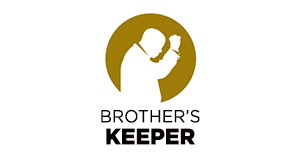
Brother's Keeper
Formally called the A. Charles Haston Brother’s Keeper program, this service program developed with the mission of advocating and improving the quality of life for Alpha Phi Alpha Fraternity, Inc.’s senior brothers, their spouses and widows; brothers who are retired and have disabilities or ailments; and vulnerable community members.
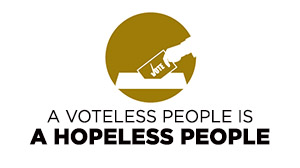
A Voteless People is a Hopeless People
“A Voteless People is a Hopeless People” (aka VPHP) was initiated as a National Program of Alpha during the 1930’s when many African-Americans had the right to vote but were prevented from voting because of poll taxes, threats of reprisal, and lack of education about the voting process. Voter education and registration have remained a dominant focus of this outreach activity for over 65 years. In the 1990’s, the focus shifted to include political awareness and empowerment, delivered most frequently through town meetings and candidate forums.

Go-to-High-School, Go-to-College
The “Go-to-High-School, Go-to-College” program, established in 1922, concentrates on the importance of completing secondary and collegiate education as a road to advancement.
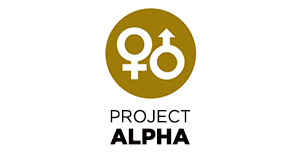
Project Alpha
This collaborative project is designed to provide education, motivation and skill-building on issues of responsibility, relationships, teen pregnancy and sexually transmitted diseases for young males ages 12-15 years. Designed to provide young men with current and accurate information about teen pregnancy prevention, Project Alpha consists of a series of workshops and informational sessions conducted by Alpha Phi Alpha Fraternity brothers.
The Jewels of Alpha Phi Alpha
Alpha Phi Alpha Fraternity, Inc
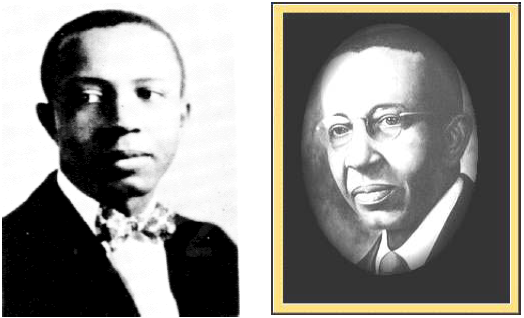
After leaving Cornell University, Henry Arthur Callis became a practicing physician, Howard University Professor of Medicine and prolific contributor to medical journals. Often regarded as the “philosopher of the founders,” and a moving force in the Fraternity’s development, he was the only one of the “Cornell Seven” to become General President. Prior to moving to Washington, D.C., he was a medical consultant to the Veterans Hospital in Tuskegee, Alabama. Upon his death in 1974, at age 87, the Fraternity entered a time without any living Jewels. His papers were donated to Howard’s Moorland-Springarn Research Center.
Charles Henry Chapman entered higher education and eventually became Professor of Agriculture at what is now Florida A&M University. A university funeral was held with considerable Fraternity participation when he became the first Jewel to enter Omega Chapter in 1934. Described as “a Brother beloved in the bonds,” Chapman was a founder of FAMU’s Beta Nu Chapter. During the organization stages of Alpha Chapter, he was the first chairman of the Committees on Initiation and Organization.
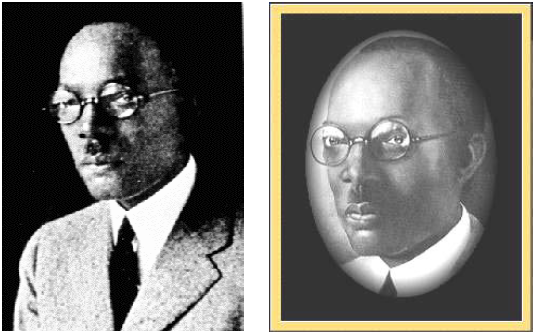
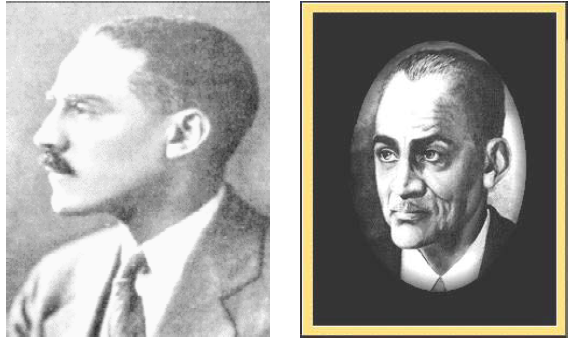
Eugene Kinckle Jones became the first Executive Secretary of the National Urban League and served for many years (1911-1951). His tenure with the Urban League thus far has exceeded those of all his successors in office. A versatile leader, he organized the first three Fraternity chapters that branched out from Cornell—Beta at Howard, Gamma at Virginia Union and the original Delta at the University of Toronto in Canada. In addition to becoming Alpha Chapter’s second President and joining with Callis in creating the Fraternity name, Jones was a member of the first Committees on Constitution and Organization and helped write the Fraternity ritual. Jones also has the distinction of being one of the first initiates as well as an original founder. His status as a founder was not finally established until the 38th General Convention in 1952. He died in 1954.
George Biddle Kelley became the first African American engineer registered in the state of New York. Not only was he the strongest proponent of the Fraternity idea among the organization’s founders, the civil engineering student also became Alpha Chapter’s first President. He served as the chairman of the first Ritual Committee and served on committees that worked out the handshake and ritual. He is credited with naming the Fraternity. Kelley was popular with the Brotherhood. He resided in Troy, New York and was active with Beta Pi Lambda Chapter in Albany. He died in 1963.
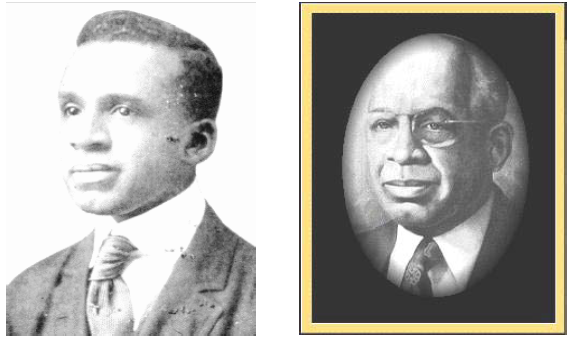
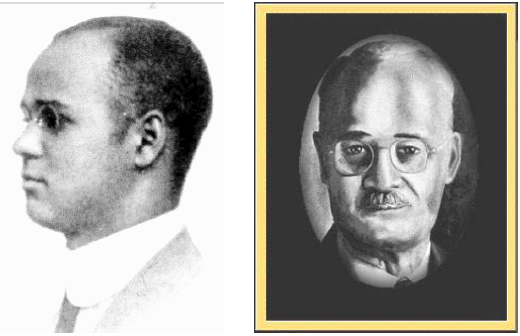
Nathaniel Allison Murray pursued graduate work after completing his undergraduate studies at Cornell. He later returned home to Washington, D.C., where he taught in public schools. Much of his career was spent at Armstrong Vocational High School in the District of Columbia. He was a member of Alpha Chapter’s first Committee on Organization of the New Fraternal Group, as well as the Committee on the Grip. He was a charter member of Washington’s Mu Lambda Chapter and a frequent attendee of General Conventions. He died in 1959.
Robert Harold Ogle entered the secretarial field and had the unique privilege of serving as a professional staff member to the United States Senate Committee on Appropriations. He was an African American pioneer in his Capitol Hill position. He proposed the Fraternity’s colors and was Alpha Chapter’s first secretary. Ogle joined Kelley in working out the first ritual and later became a charter member of Washington’s Mu Lambda Chapter. He died in 1936.
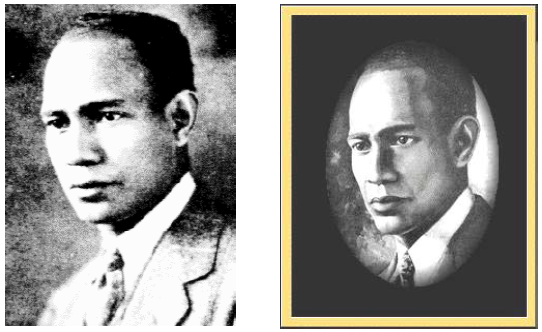
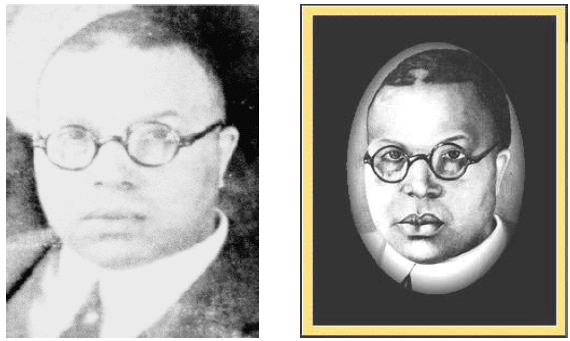
Vertner Woodson Tandy became the state of New York’s first registered architect, with offices on Broadway in New York City. The designer of the Fraternity pin holds the distinction of being the first African American to pass the military commissioning examination and was commissioned First Lieutenant in the 15th Infantry of the New York State National Guard. He was Alpha Chapter’s first treasurer and took the initiative to incorporate the Fraternity. Among the buildings designed by the highly talented architect is Saint Phillips Episcopal Church in New York City. He died in 1949, at age 64.
